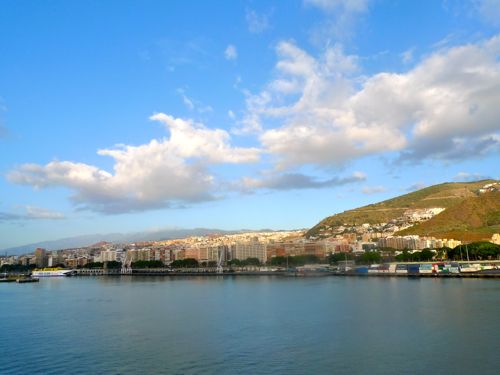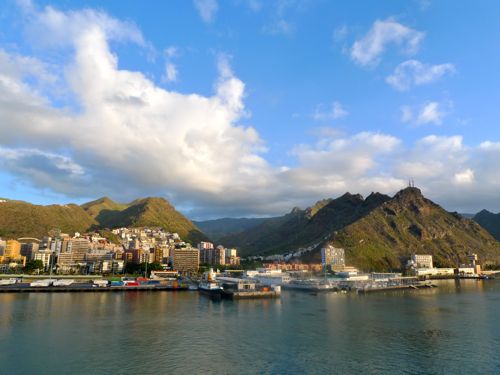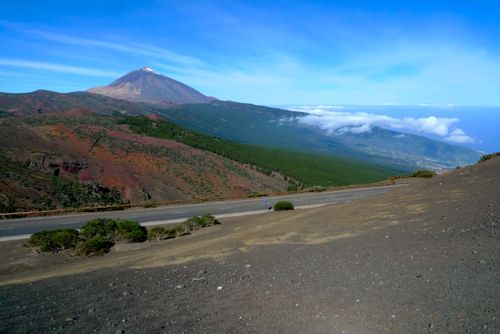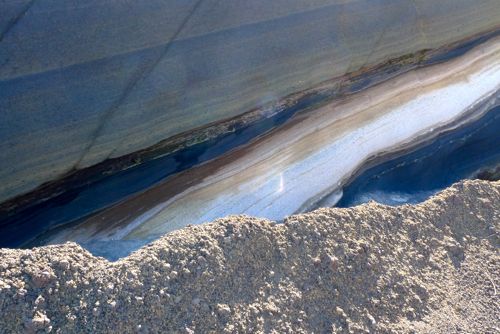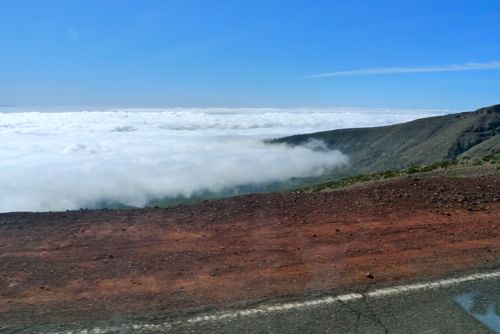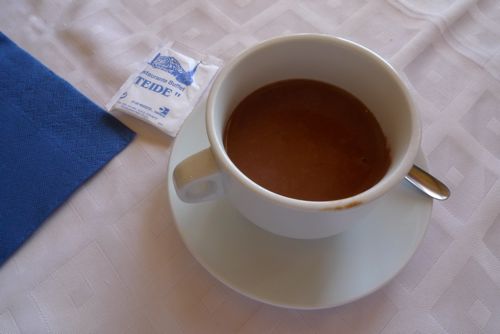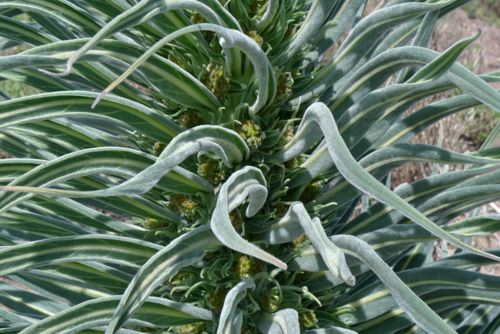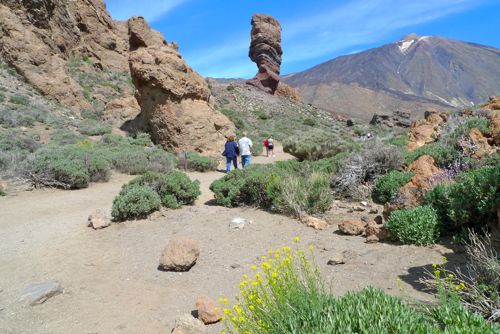Tenerife, Canary Islands: Part 1
April 18, 2010 Our first shore excursion took us 180 miles off the coast of Africa to the volcanic island of Tenerife, a Spanish island, the largest of the seven Canary Islands at 790 square miles and a population of 700,000.
85% of the island's income comes from tourism. Bananas count for a fraction of the remainder, as well as wine including "Malmsey", a very sweet wine made from the grapes of low bush vines planted in the volcanic soil. Shakespeare refered to malmsey as "an absolutely penetrating wine" and Henry IV. Robert Louis Stevenson wrote "a little good canary will comfort me the heart of it.”
Close-set buildings stretch out of small steep valleys. Architecturally, it looks like Lego.
At 12,198 feet, Mount Teide is the highest mountain in Spain.
The only source of water on the island is mined water. It's mined by boring holes into mountains in search of springs. Otherwise a desalination plant processes sea water. Hmmm. I didn't see a rainwater collection system, but they must have them since they measure annual rainfall in metres...
The different lava flows left their mark:
Our "4x4 Adventure" took us on steep, snaky roads through La Experanza Forest, thick with fragrant eucalyptus trees and umbrella pines, and through the clouds.
Everyone speeds here. If the posted speed for a curve is 18kms, our guide "Frankie" (Jose Francisco) takes it at 43kms.
We had a brief stop at Restorante El Petrillo, a bikers hangout, for the best hot chocolate we have ever had. Basically, it's melted chocolate with a little bit of cream to keep it semi-liquid; it has the consistency of hot pudding. It even comes with a spoon to scoop the last thick drops.
We continued ...
... passed the formation locals refer to as "The Lady's Bum" ...
to Roques Garcia. A new to me plant, ...
... another view of Mt. Teide and rock formations.
The smooth formations are layers of old ash and the rougher formations are lava-based.
Part 2 on the way...
-P
